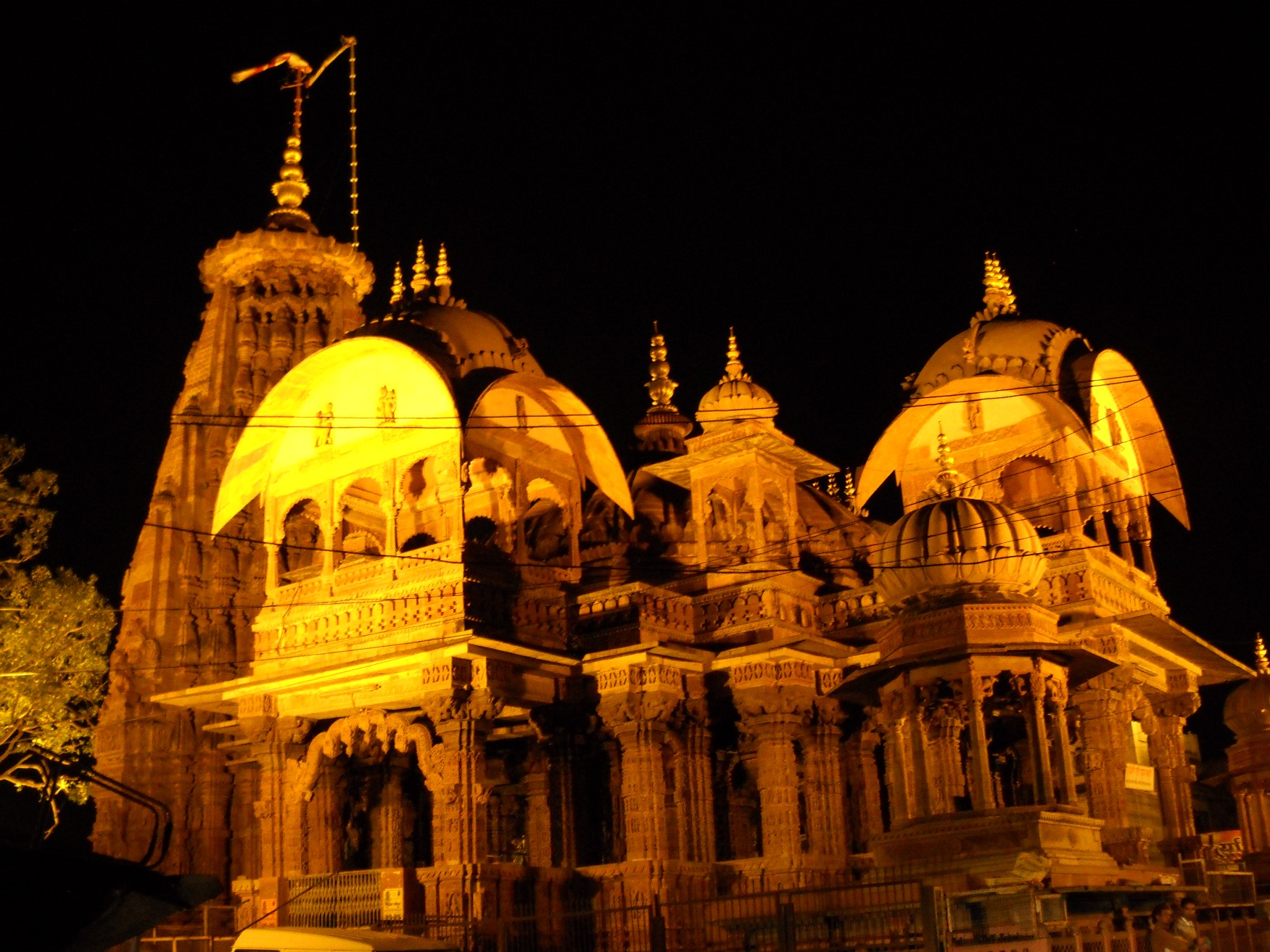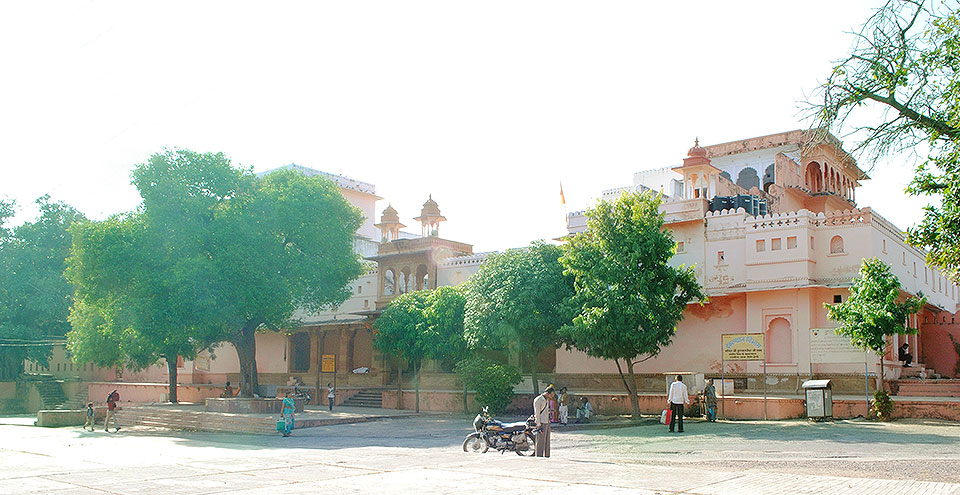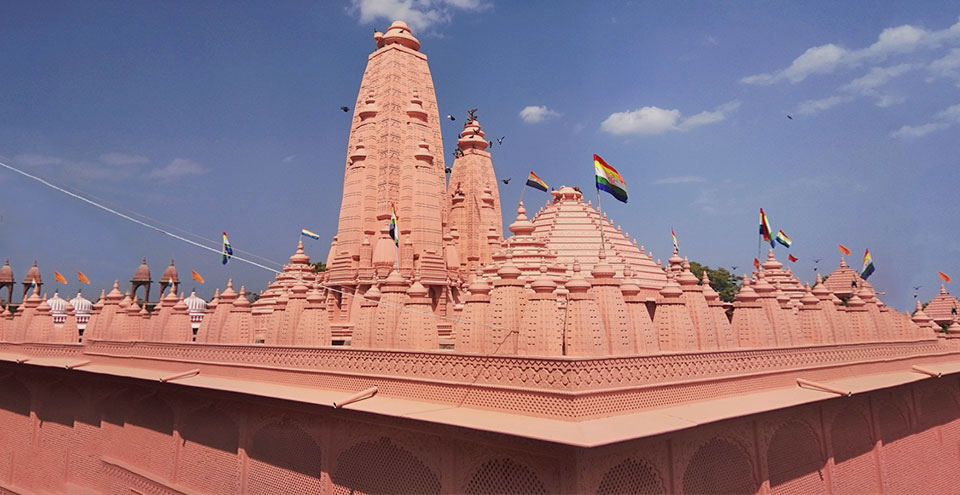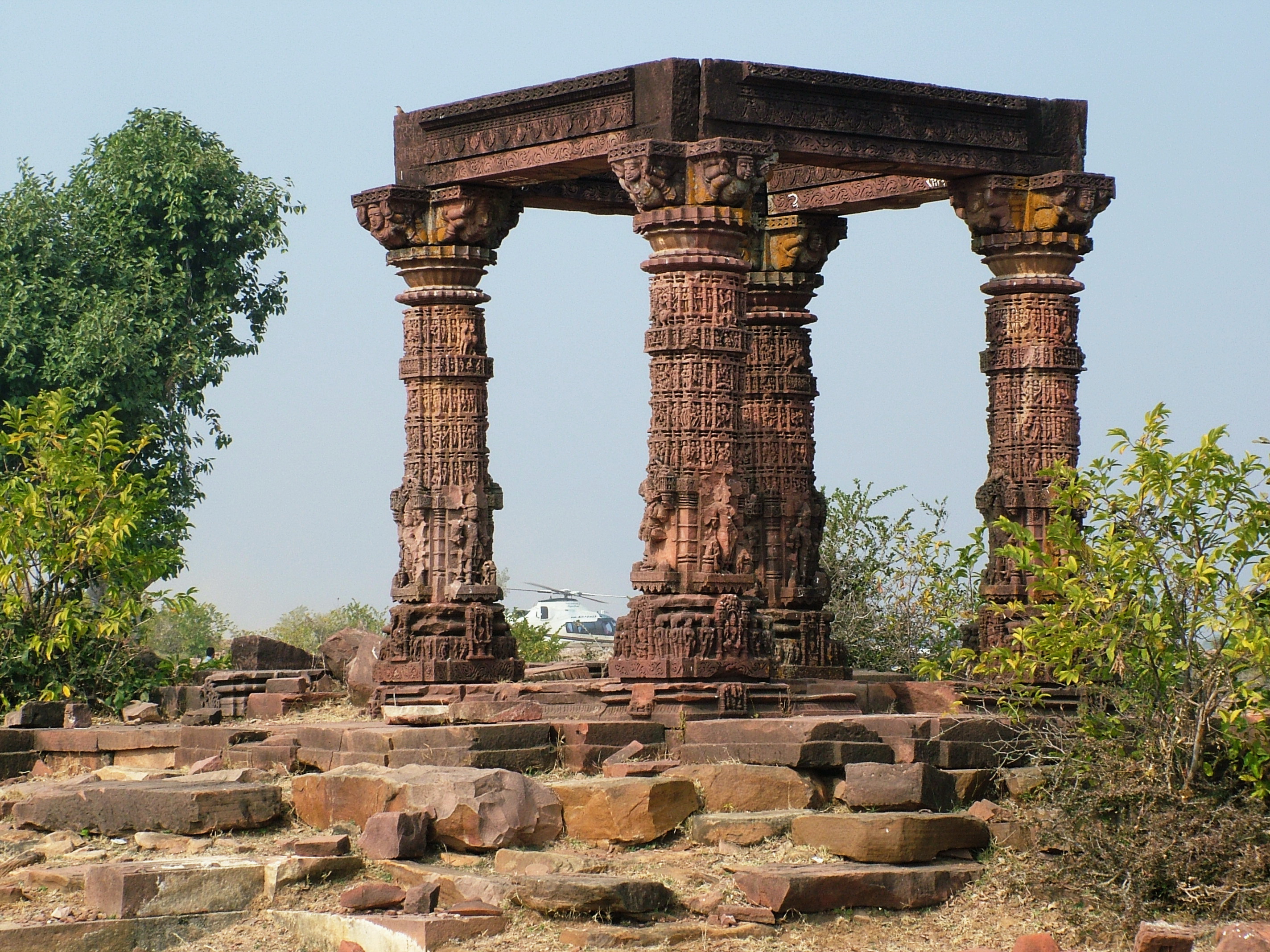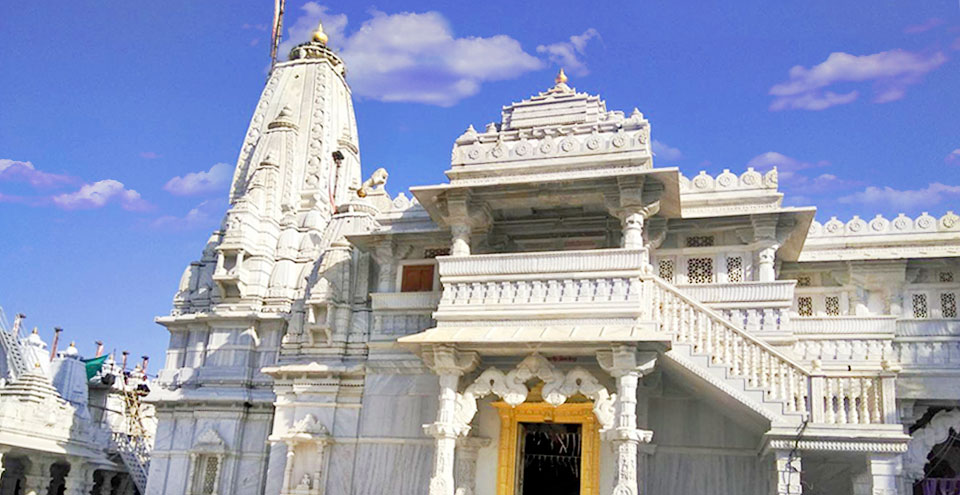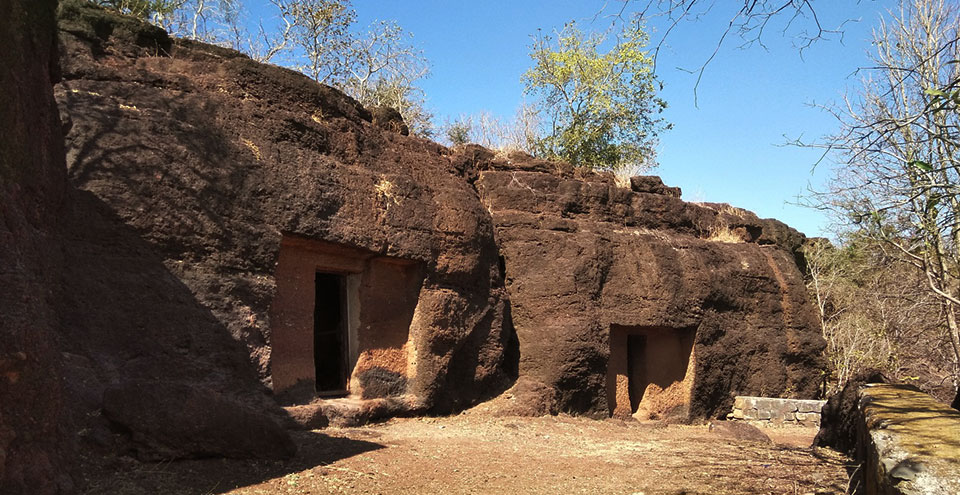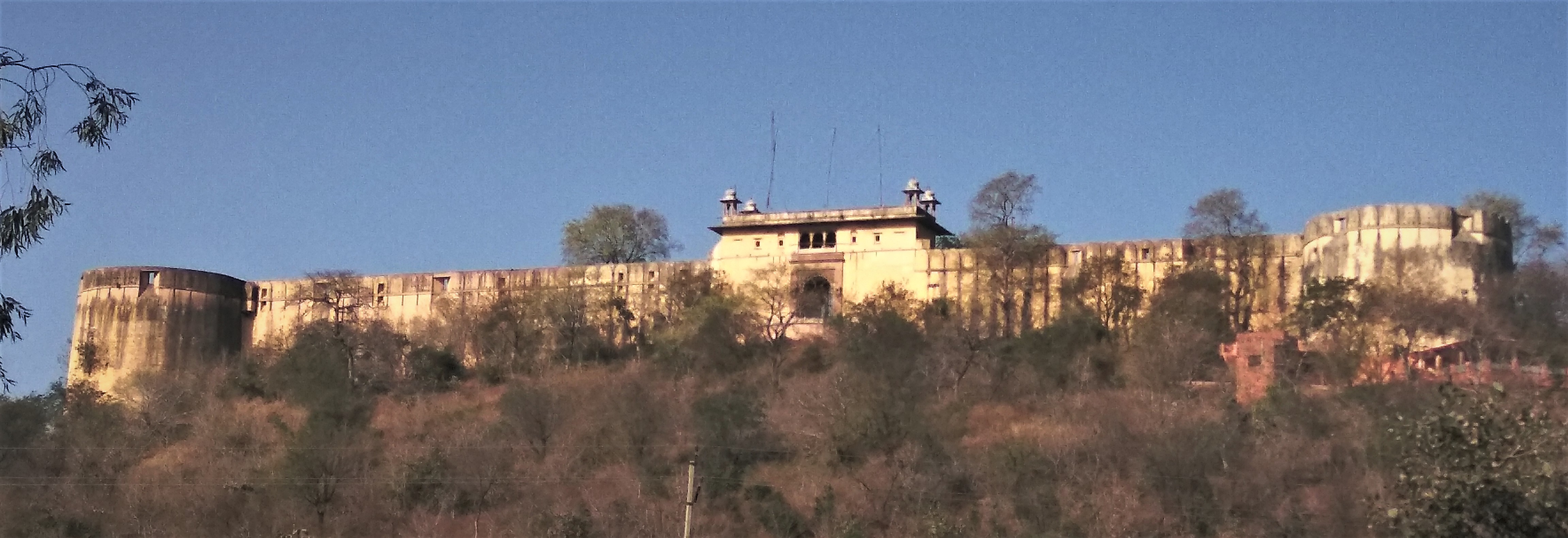JHALAWAR
THE HISTORICAL CITY
Jhalawar, once called Brijnagar is known for its rich natural wealth of vibrant flora and fauna. However, unlike other cities of Rajasthan, Jhalawar has a rocky but water-laden verdant landscape. Red poppy fields and orange laden orchards are strewn across Jhalawar, lending it a colourful look. They also contribute a major share to the production of citrus in the country. This place has a varied cultural heritage that includes many forts and palaces from the Rajput and Mughal periods. It is solely famous for the large numbers of temples and religious sites. Jhalawar was named after its Jhala Rulers. Jhala Zalim Singh was the Dewan of Kota State and established the town as a cantonment, then known as Chhaoni Umedpura near the existing Jhalrapatan Fort. At that time, the township was surrounded by dense forests which were home to many exotic species. The Dewan often came here to hunt and grew so fond of the place that he decided to turn it into a township. It was later turned into a military cantonment when the Maratha invaders passed through the city to capture Hadoti states.








